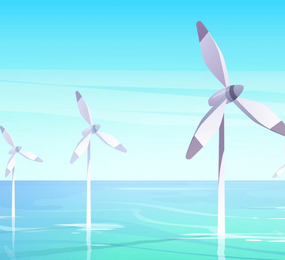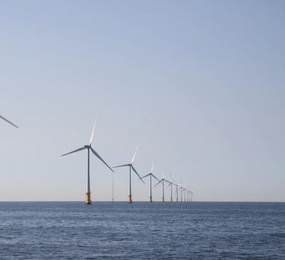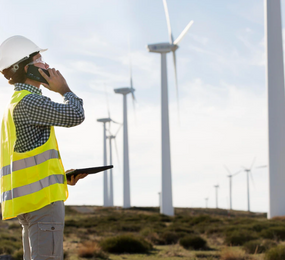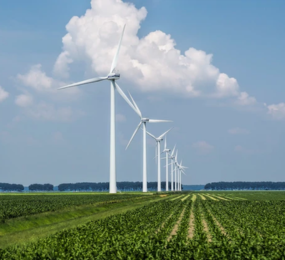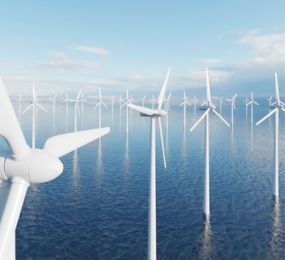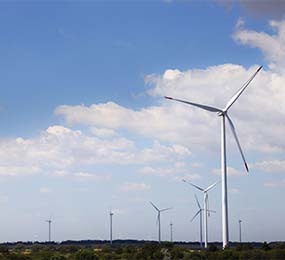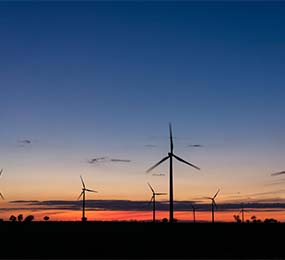Case Study: Seeing is Believing - How Image Based Machine Learning Improves Blade Inspections
Windpower Data and Digital Innovation Forum witnessed a groundbreaking case study on the implementation of image-based machine learning in the field of blade inspections. The presentation showcased the transformative power of this innovative technology in enhancing the efficiency and accuracy of blade inspections, ultimately leading to improved wind turbine performance and maintenance.
The case study highlighted the challenges faced by wind farm operators in conducting regular blade inspections, including time-consuming manual inspections and the limitations of traditional methods in detecting subtle damages. The introduction of image-based machine learning revolutionized this process by enabling automated analysis of blade images captured by drones or ground-based cameras.
The presentation delved into the technical aspects of image-based machine learning algorithms, showcasing how they can quickly analyze blade images to identify and classify various types of damages, including leading edge erosion, lightning strikes, and structural defects. The utilization of large datasets and advanced computer vision techniques allows the algorithms to learn and continuously improve their accuracy over time.
The case study provided real-world examples of how wind farm operators have successfully implemented image-based machine learning for blade inspections. By streamlining the inspection process, reducing human error, and detecting damages at an early stage, operators were able to proactively address maintenance needs, optimize repair schedules, and minimize downtime. This resulted in significant cost savings, increased turbine performance, and enhanced overall operational efficiency.
Furthermore, the presentation emphasized the scalability and versatility of image-based machine learning technology. It can be applied not only to onshore wind farms but also to offshore installations, where accessibility and inspection challenges are more pronounced. The ability to remotely analyze blade images in real-time allows for prompt decision-making and efficient allocation of maintenance resources.
The case study concluded with insights into the future potential of image-based machine learning in the wind energy industry. As technology advances, the integration of artificial intelligence and machine learning algorithms with other data sources, such as weather data and turbine performance metrics, holds promise for predictive maintenance and proactive asset management.
Overall, the presentation at the Windpower Data and Digital Innovation Forum showcased how image-based machine learning is transforming blade inspections in the wind energy sector. The adoption of this technology empowers wind farm operators to make data-driven decisions, optimize maintenance strategies, and maximize the performance and lifespan of their wind turbine assets. With continuous advancements in machine learning algorithms and data analytics, the future of blade inspections looks increasingly promising, setting new standards for efficiency and reliability in the wind industry.
Visit our YouTube link to listen to the presentation: https://youtu.be/QMnYxl6GAyk
For more information and group participation, contact us: [email protected]
Leadvent Group - Industry Leading Events for Business Leaders!
www.leadventgrp.com | [email protected]


